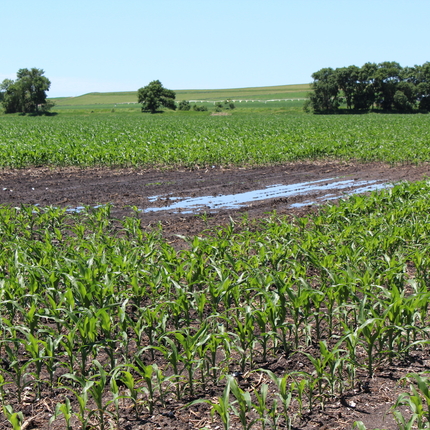By Eric Galatas, Public News Service (NE)
The U.S. is coming off the wettest year on record, seen most dramatically in this spring's massive flooding. And Nebraska farmers are looking to age-old conservation practices to help them adapt.
State Sen. Tim Gragert of Creighton has more than 30 years of experience with the U.S. Department of Agriculture’s Natural Resources Conservation Service. He said he's optimistic the state's new Healthy Soils Task Force will come up with a strategy for keeping Nebraska's rich farmlands the best in the nation.
"Come up with a plan to use conservation practices such as irrigation-water management, nutrient management and cover crops themselves – a bunch of conservation practices that will be very useful in developing soil health and water quality,” Gragert said.
The federal government has promised financial support for farmers impacted by recent trade disputes, but to qualify, they have to plant their fields. Gragert said this could be an optimum year for cover crops, and noted any vegetation will help reduce soil erosion and could preserve moisture during periods of drought.
He added producers with land that was destroyed or unusable should visit their county tax assessor and ask for form 425 to qualify for 2019 property tax relief.
Jordan Rasmussen, policy manager at the Center for Rural Affairs, said heavy rains and flooding kept many farmers out of their fields this spring, at a time when U.S. farm income is estimated to drop 45 percent below a 2013 high.
She said because changes in weather patterns and rising average temperatures are here to stay, farmers need access to all possible options for maintaining soil health.
"To make sure that we are both able to continue to produce crops that are needed to feed our animals and to feed folks across the world, but also to be making sure that farming remains profitable,” Rasmussen said.
Between May 2018 and April 2019, the nation experienced the wettest single 12-month period in recorded history, according to the National Oceanic and Atmospheric Administration.
Agronomists project Nebraska's weather, which gets most of its moisture from the Gulf of Mexico jet stream, could see excess rainfall for the foreseeable future.
Feature photo: Field near Lyons, Nebraska, on June 25, 2019. | Photo by Rhea Landholm



